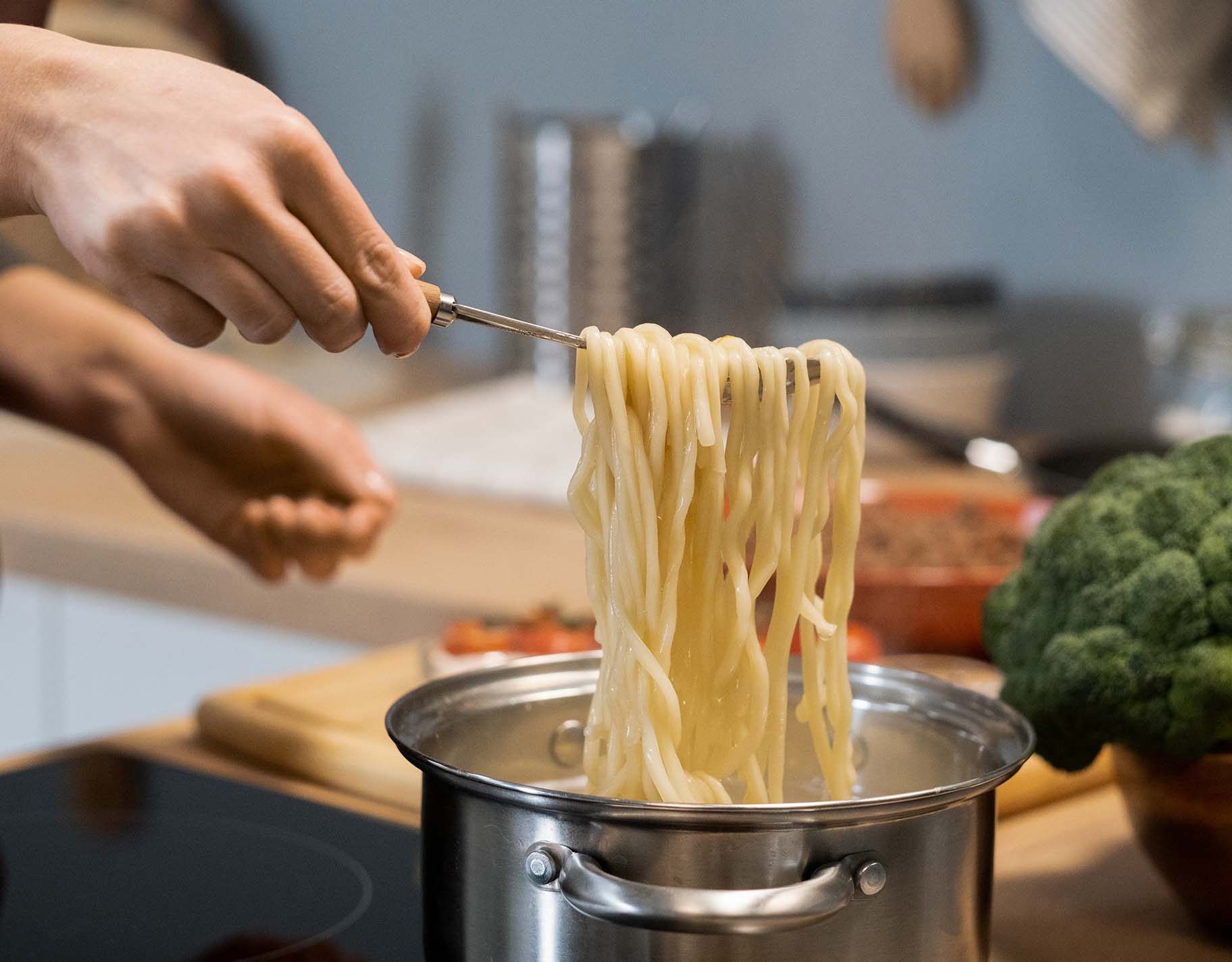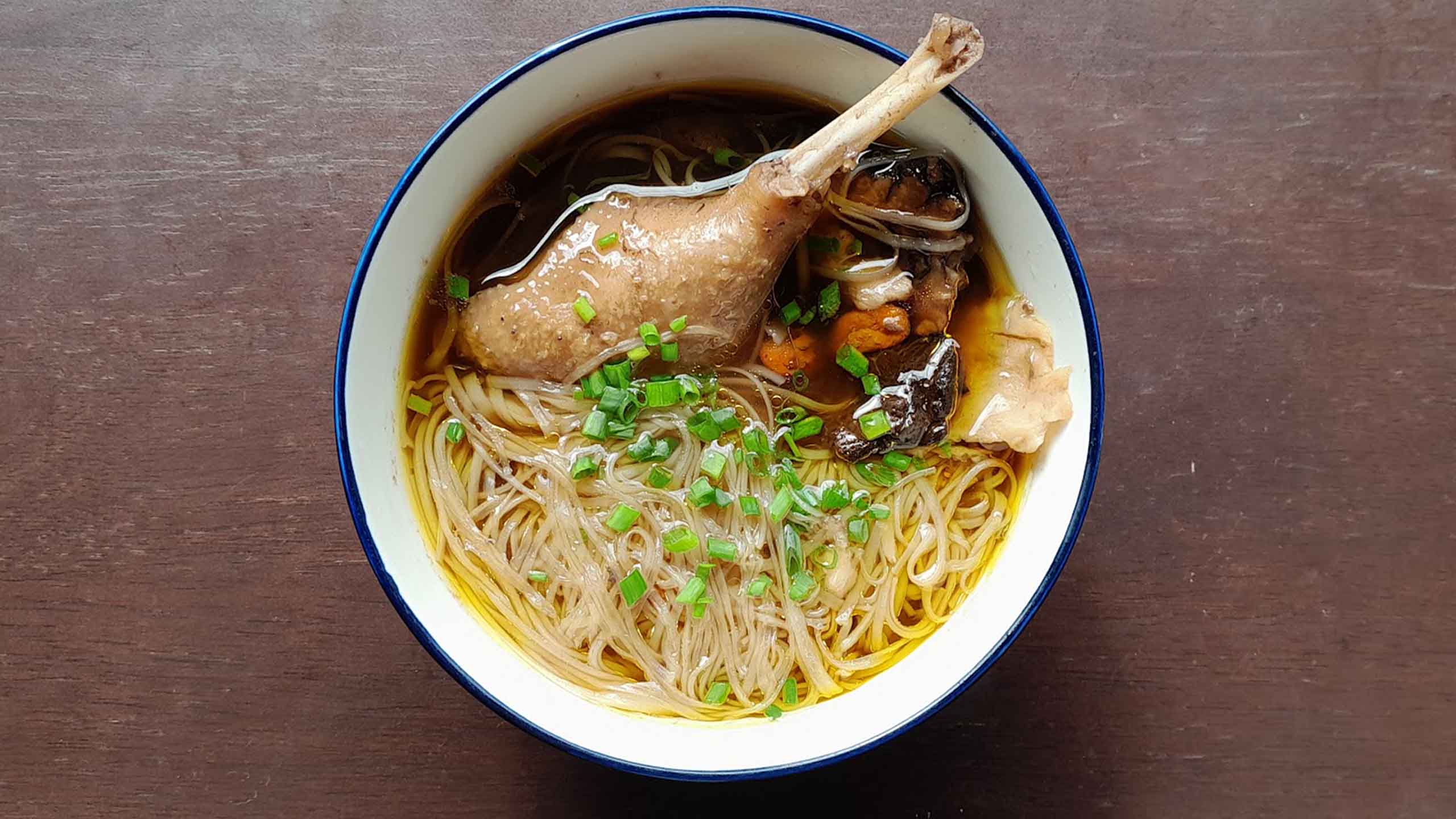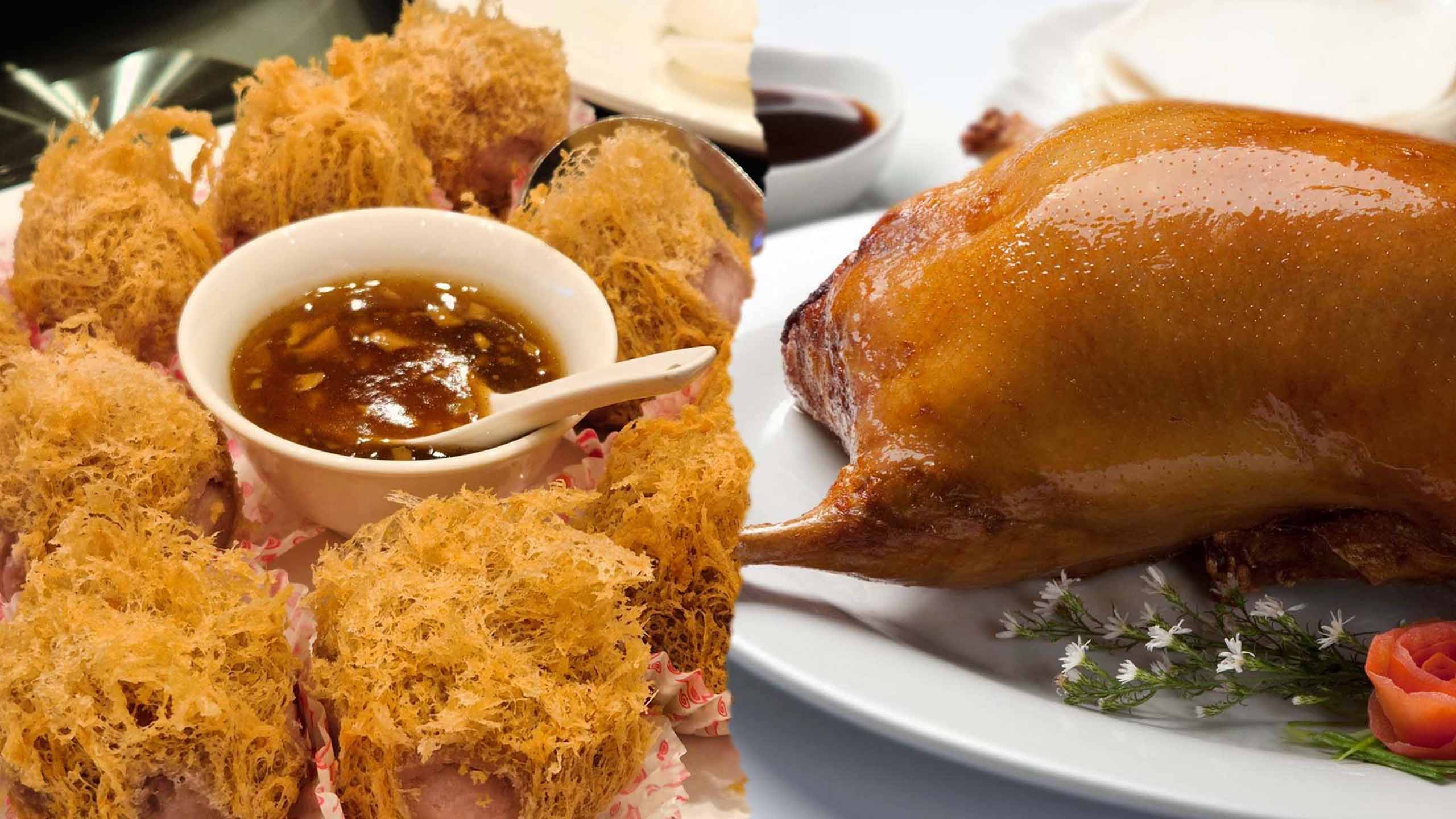Easy Tips and Tricks for Reheating Food
Here’s how to reheat food easily and reduce food waste at home!
When some of us are prone to overeating, over-ordering, or being takaw mata, the fridge easily gets filled up with leftovers. The worst part is that we sometimes forget they’re there, leading to much food waste! Besides, it can feel so unfulfilling — eating leftovers and somehow cleaning the same amount of dishes as if we cooked a new one. But don’t worry, we’re sharing some tips and tricks on how to reheat food easily.

1. When reheating fried food, just heat it with no oil or water.
Especially if the food is deep-fried, there’s still a lot of oil in there which we can use to reheat the food. Besides, adding more oil will make it soggy which makes it look absolutely disgusting.
While some can easily achieve heating deep fried food with an airfryer at 160 degrees Celsius at 16-20 minutes or oven at 180 degrees Celsius for 10-15 minutes, heating it in a pan is okay also. Just get the food, toss it in a pan and cover it. The heat then swirls inside akin to an airfryer and we get the same crispiness as if it were newly cooked!
If we’re reheating several things at once, we can use foil to form little trays inside to separate the food.
2. When reheating pasta, half a bottle cap of oil.
Pasta are notorious for reheating simply because it gets mushy and we know that al dente is always best. But it becomes mushy and squishy because we reheat it in water and noodles absorb that, making it more like pudding than actual pasta.
So instead of using water, use a neutral-flavored oil. If there’s olive oil, so much the better. Add some oil and toss the pasta over low to medium heat for the next five minutes; it should be good to go.
3. Reheat soup by using the broth to cook the rice.
While it seems more of a reinvention than a reheat, it makes dinner more interesting by using the simple steps of cooking rice. Since we often make new rice, instead of using water, using the broth of the soup. That way, the nutrients and flavors in the soup will mix into the rice. So even if the kids start picking out their greens, majority of the veggies’ vitamins and minerals will mix into the rice.
Besides, it saves on cleaning pans too. The only thing that will need cleaning is the rice cooker!
4. Reheating grilled or roasted food: make a new sauce
Grilled and roasted food have one thing in common: they’re just seasoned with salt and pepper which makes them one of the most flexible ingredients in mastering the culinary art of reheating leftovers. Get creative by reheating it with soy sauce and vinegar for adobo or a calamansi-banana ketchup mixture for sweet and sour!

Reheating isn’t fun but it keeps the bugs out too!
Besides being a waste of money, food waste is one of the leading culprits to the growing amount of bugs in the house. They tend to crawl in the cracks or just find their way into the refrigerator or the counter through the drainage systems, spoiling both good and leftover food.
Reheating may not sound fun but it’s also a good way to spread out meals and keep the fridge spacious for new food or gifts in the form of food. The best part is, unlike typical cooking, we just have to add a few things on top to make it more fun for the family to eat.
More cooking hacks and tips or about parents who cook?
Danica and Ciara Sotto: Of Cousins and Cooking
Tips to Caring For Your Air Fryer
Hazel Cheffy: Cooking Up a Storm









